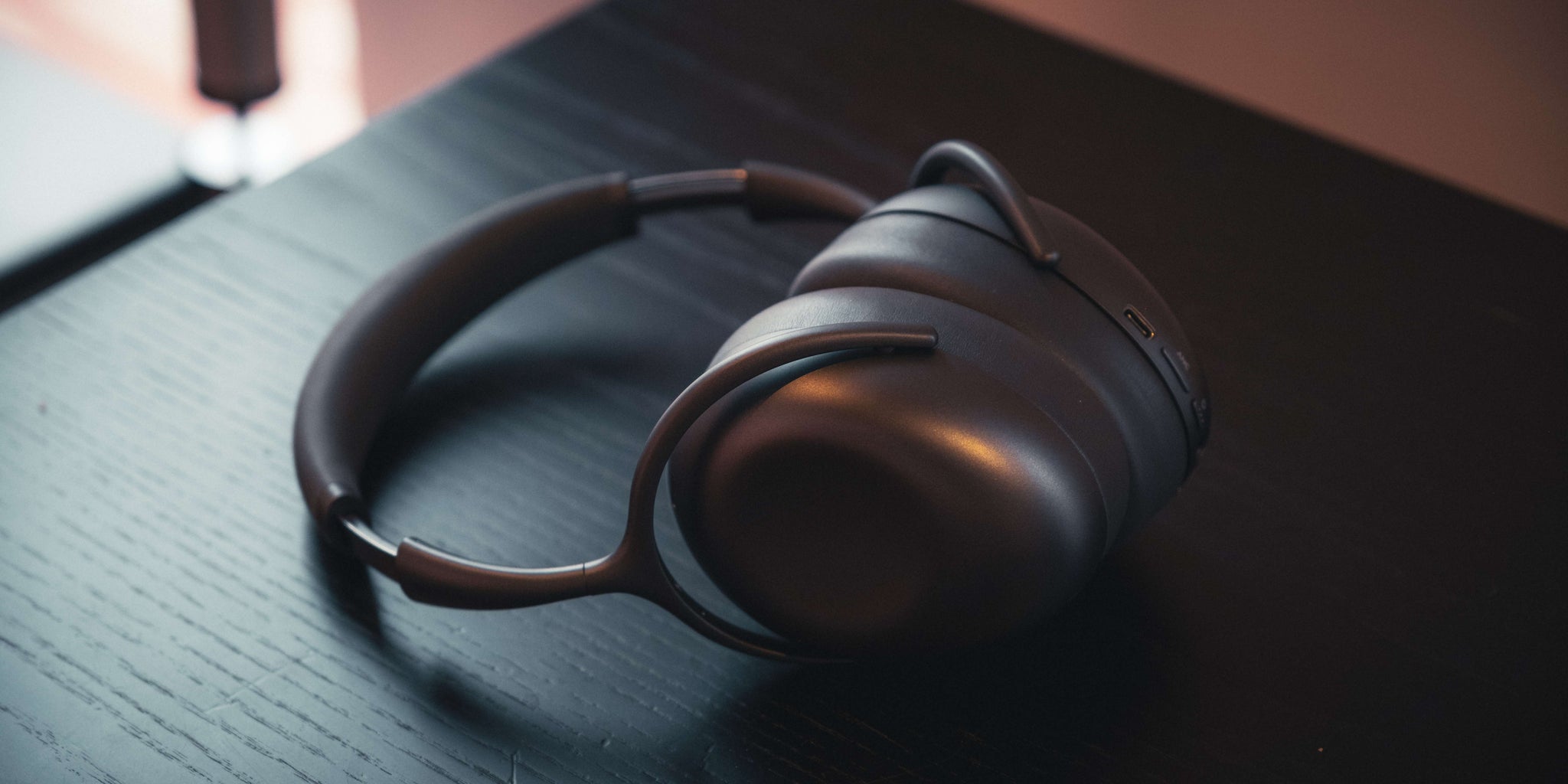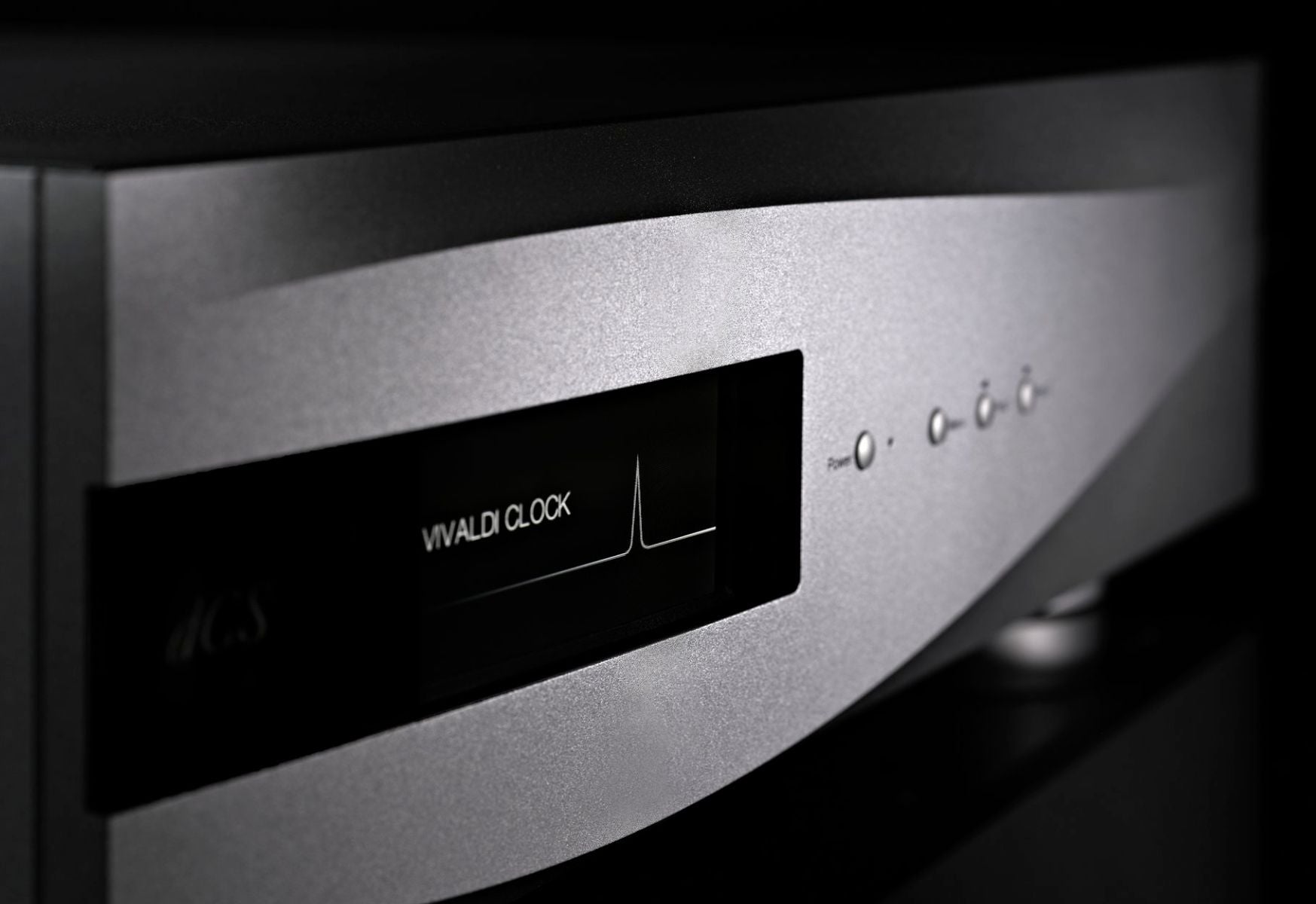Choosing a headphone may seem daunting at first, due to the sheer size of options on the market with their own respective qualities. As headphones are a very personal purchase, we thought it would be a good idea to create a guide on the main things to look for when buying a new headphone, whether you are planning on doing music production at a home studio, looking for headphones for your commute or simply enjoying music at home.

Open or Closed Back, or Wireless?
You may have heard of open back or closed back headphones before. To put it simply, an open back headphone allows air to pass through the driver (the thing which makes the sound) by having ventilation on the sides of the headphones, whereas, a closed back headphone has no extra ventilation for the driver. Both come with their own benefits and drawbacks, which we will discuss below.
Open Back
Open back headphones tend to have a wider, more spacious sense of soundstage compared to closed backs due to their design. This helps with making busy tracks feel less congested, almost as if increasing the maximum distance between the left and right sounds the headphone can play. As air is allowed to freely move in and out of the driver, this also allows open backed headphones to be tuned easier by the manufacturer, but usually decreases the volume of bass compared to a closed back. More on that later.

Open back headphones, by design, are suited for a quieter environment, as they usually have little noise isolation and bad noise leakage. Noise isolation is how well the headphone ‘blocks out’ outside sounds, and noise leakage is how much audio being played through the headphones is projected outside of the headphones and into the environment. Obviously, because the drivers are ventilated, these are common problems for open backs.
If you plan on using your headphones at home, or in a quiet environment where noise from your headphones will not bother others, you should consider an open backed headphone.
Closed Back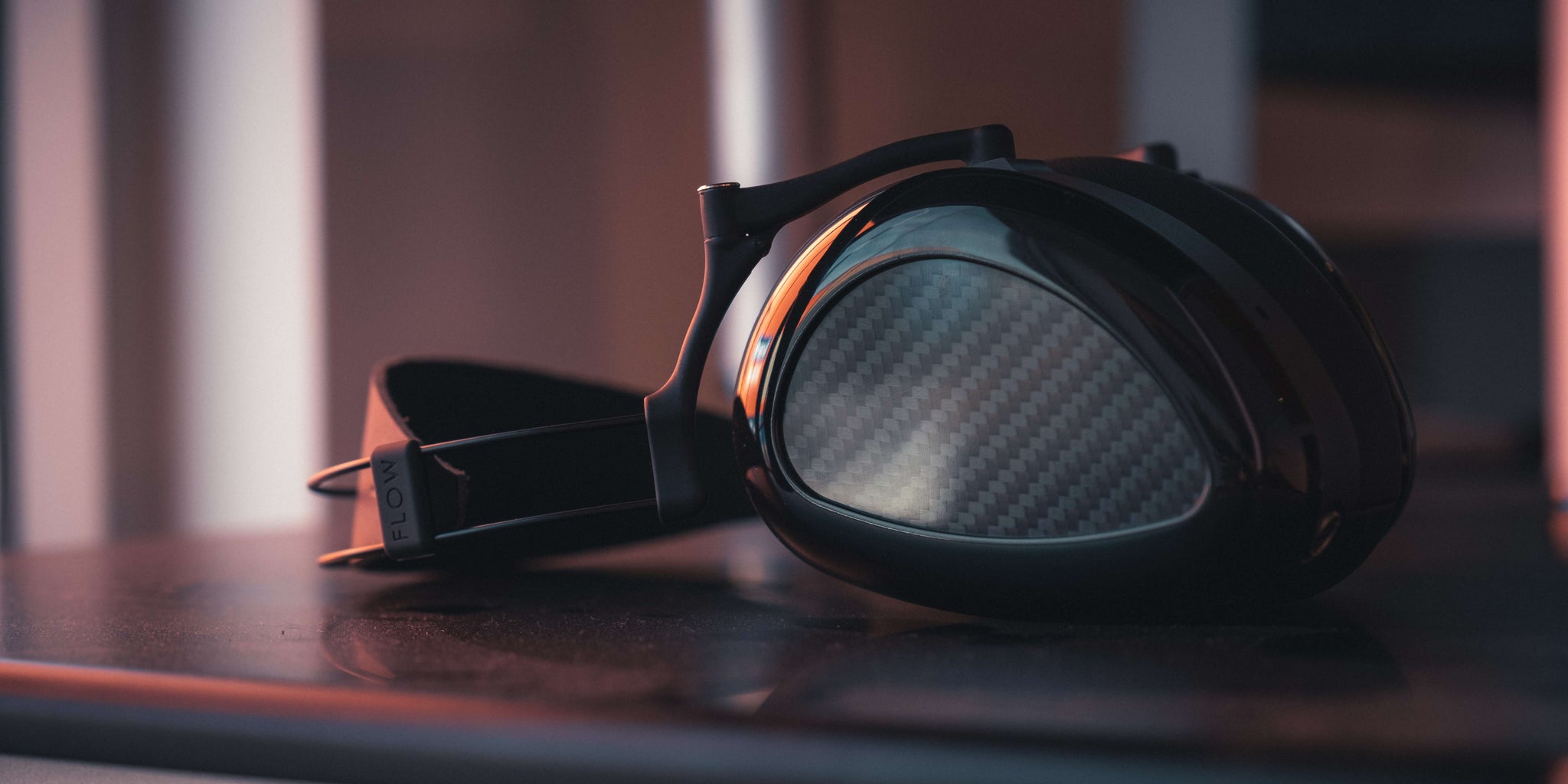
Closed back headphones have much better noise isolation and less noise leakage as they do not have extra ventilation for the driver. Soundstage will usually feel more congested or more intimate compared to an open back, and there will generally be more bass volume on a closed back by design.
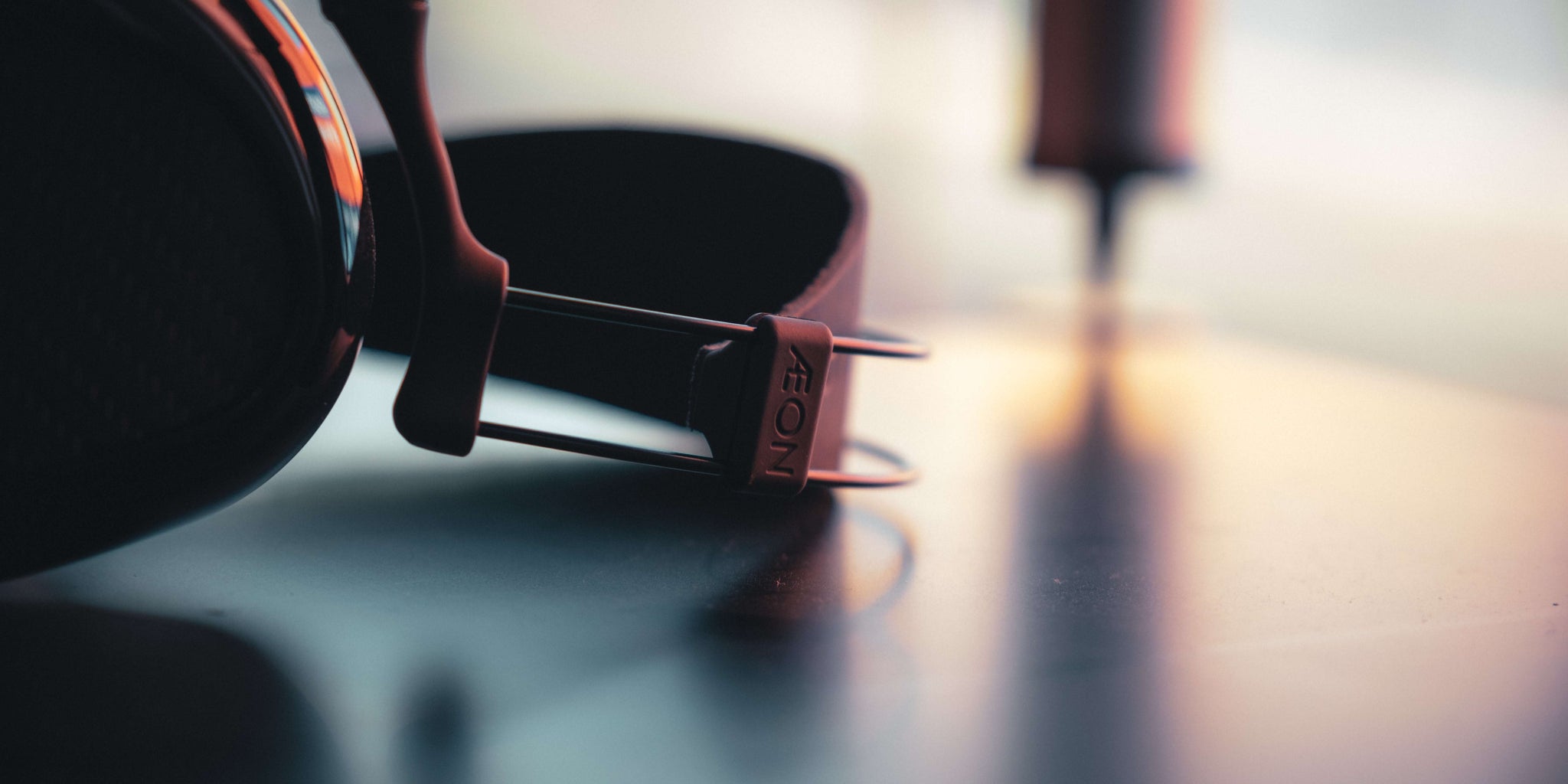
Choose a closed back headphone if you plan on listening in a noisy environment or do not wish to disturb others with potential noise leakage. This may be on public transport or commute, in a library, a busy household or during live recordings.
Wireless
Wireless headphones can ditch the cable for a more convenient listening experience. Most wireless headphones are closed back too which helps with noise isolation and lowers noise leakage, and most have ANC (active noise cancelling), which can further the strength of its noise isolation.
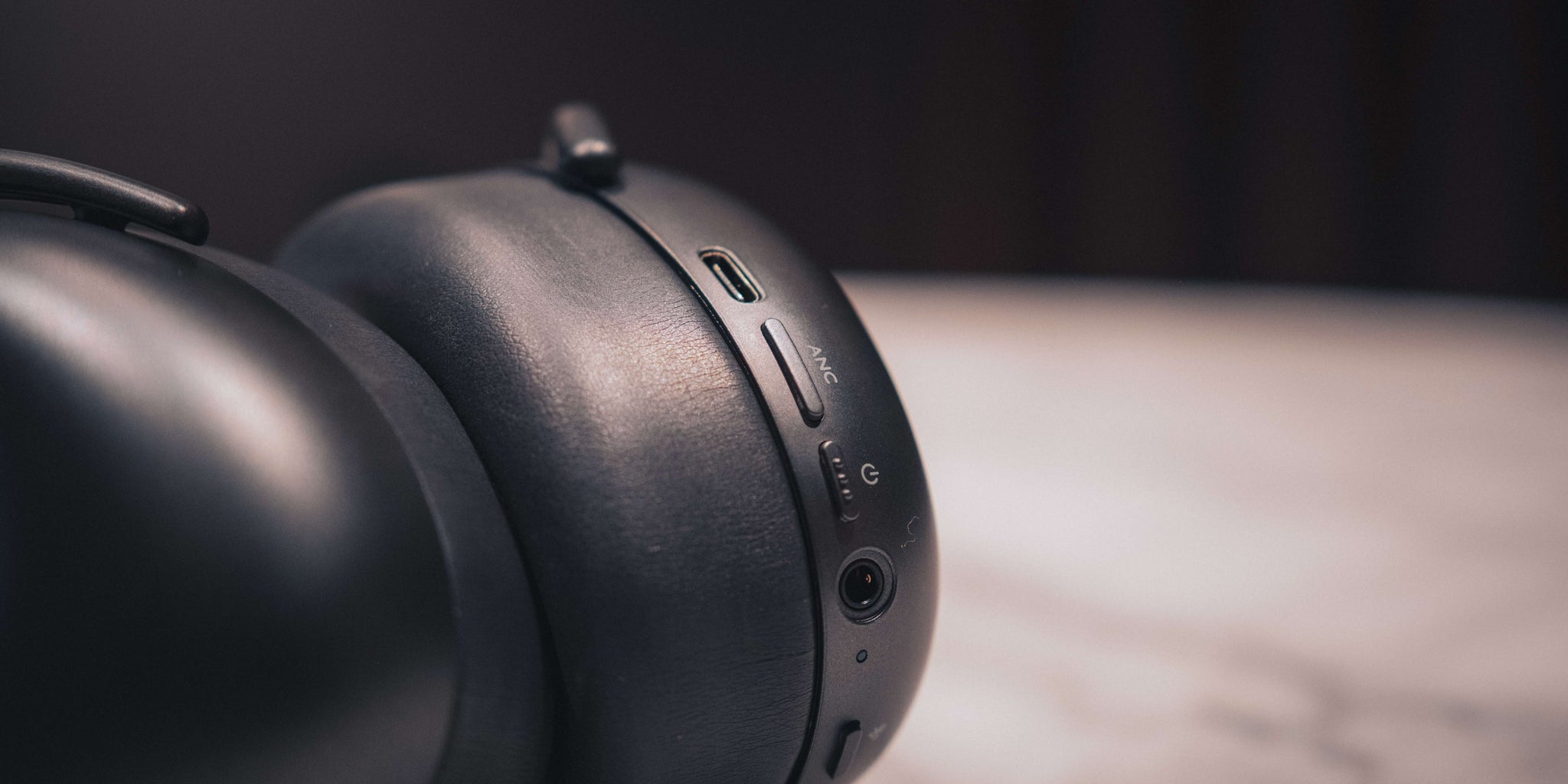
If you plan on the optimum listening experience with a wireless headphone, make sure to check whether the headphone supports whichever codecs you can use on your source device to maximise sound quality if you plan on listening to lossless audio. Another thing to note is the lifespan of the batteries in the headphone, as batteries will eventually lose maximum charge over time. Most wireless headphones require charge in their batteries to be used, even with a cable connection.
Nevertheless, wireless headphones are perfect if convenience is a main concern for you. They are great for public transport or during commute, are planning to listen in a very noisy environment, if you like to move away from your source device while performing tasks, or just hate cables.
Fit and Comfort
Everyone has a different head size and shape, so fit and comfort are key concerns when picking a headphone. If the fit of a particular headphone is bad, it may be hard to enjoy using it for long periods of time without feeling uncomfortable or without pain. This may be particularly important for studio work.
Over-Ear or On-Ear
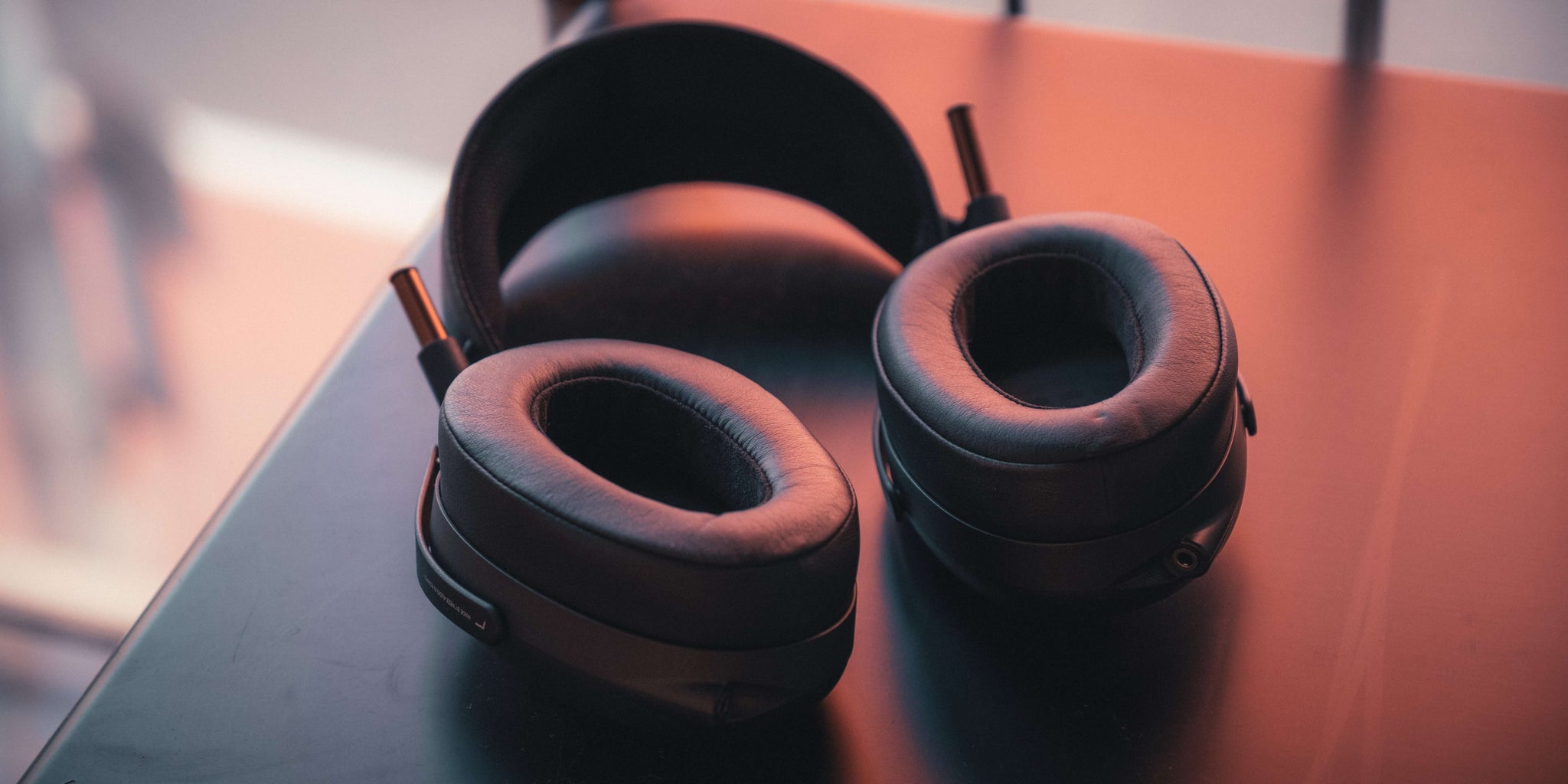
The difference between over-ear and on-ear headphones is simple; over-ear headphones have their pads create a seal with your head around the ears, whereas on-ear headphones have the pads pressed against your ear. Generally, over-ear headphones isolate noise better than on-ears because the entire ear is sealed from the outside. On-ears may also feel uncomfortable after some time, as they rely on the force against your ear to keep them in position.
Things to Check
The best way to find which headphone fits you well is to book a headphone demo at your local store. There are a few main things you should check, including the seal of the pads and the pads themselves, the headband, cup swivel and clamp force.

For an over-ear headphone, check if the pads seal all the way around your ear and against your head. You can run a finger around the pads to check for any gaps. An imperfect seal may result in a lack of bass, and you can check this by pressing on the cups a little bit while listening to audio. If the bass improves drastically, you may have a bad seal. There are many different headband designs out there, so checking headband comfort with a particular headphone is useful, and headband pads may also wear out over time like regular headphone cup pads. The swivel of a headphone cup is how well it can rotate to accommodate for how far the user’s ears are angled. Not enough swivel could result in more pressure against the area behind the ear. Lastly, clamp force is how hard the headphone pushes the cups into your head. Too much clamp force may result in fast discomfort in the areas around your ear and even your jaw.
Sound

Of course, one of the main, or even the main deciding factor of a headphone is its sound. There are two main parts which make up the sound of a headphone – the tonality (sound signature, frequency response) and technicalities (everything else). But before we can talk about sound, you should keep in mind the efficiency of the headphone and whether your amplifier has enough power to drive it.
Driving the Headphone and Balanced
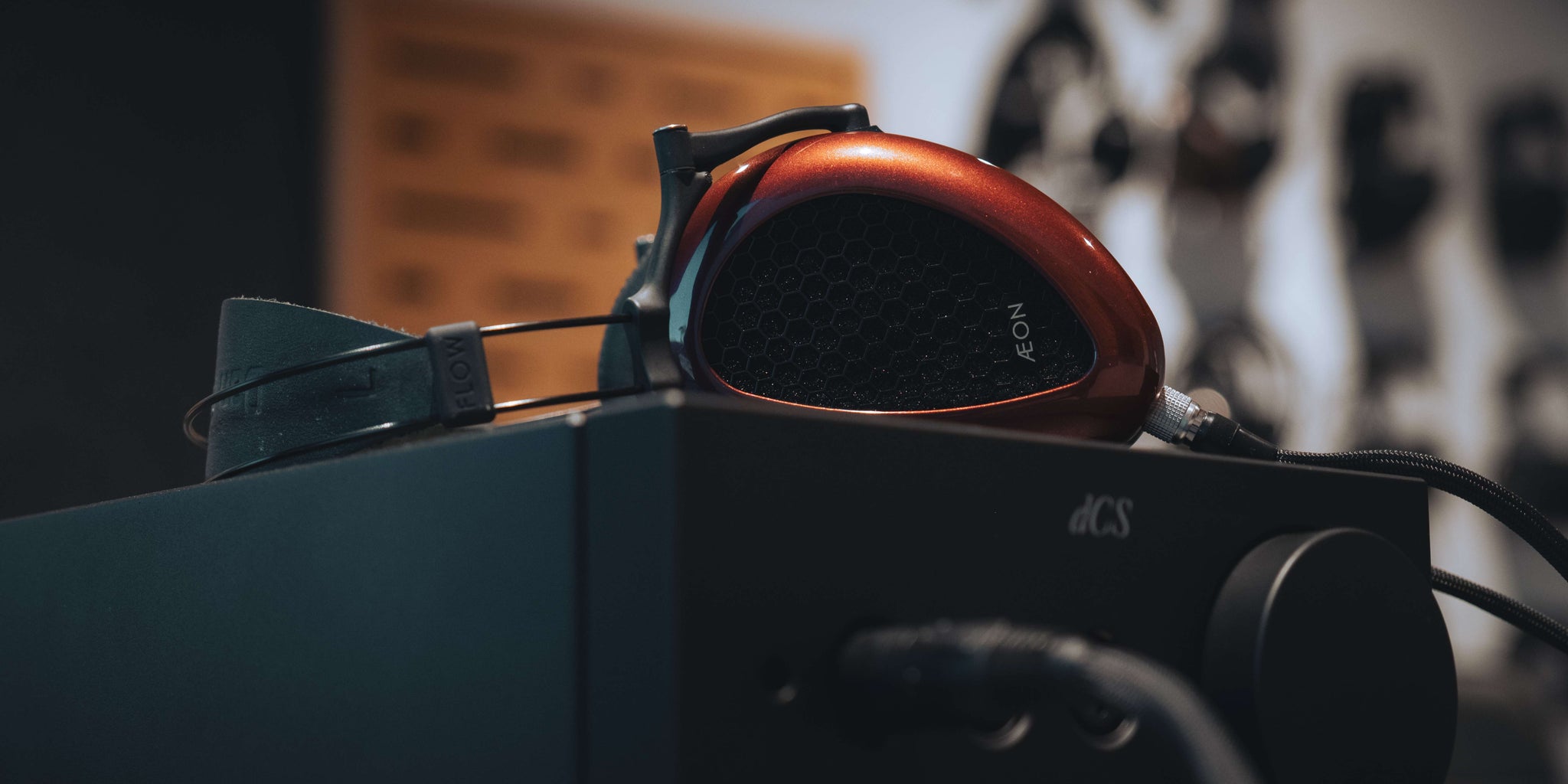
Not all headphones can be driven straight from your PC, laptop or phone’s auxiliary jack, as they might require more power from an external amplifier. One quick and easy way to judge the sensitivity of a headphone is to check for the measurements of decibels per voltage RMS (db/V SPL or db/Vrms). Bear in mind that this is just about figuring out whether the headphone will get loud enough for your listening volume with your current amplifier, and NOT about the potential sound quality improvements when paired with better amplifiers in general. Essentially, if your headphone measures 105dB/V SPL, you will get 105dB (usually measured at 1khz) with an amplifier which outputs 1Vrms at maximum amplifier volume. If you cannot book a headphone demo, you can use the aforementioned measurements to see if the headphone will get loud enough if you know your own listening volume, or you can use 85dB, the limit of safe listening levels, + some leeway as your target).
Getting a balanced chain can result in lower noise floor, double the single-ended design’s power and a cleaner, better sound overall. It is up to you if getting a balanced chain is worth it, as spending more on a DAC, amplifier and balanced cables may be costly. Try and compare a balanced and single ended chain during a headphone demo to see if it is worth it.
Tonality (Sound Signature, Frequency response)
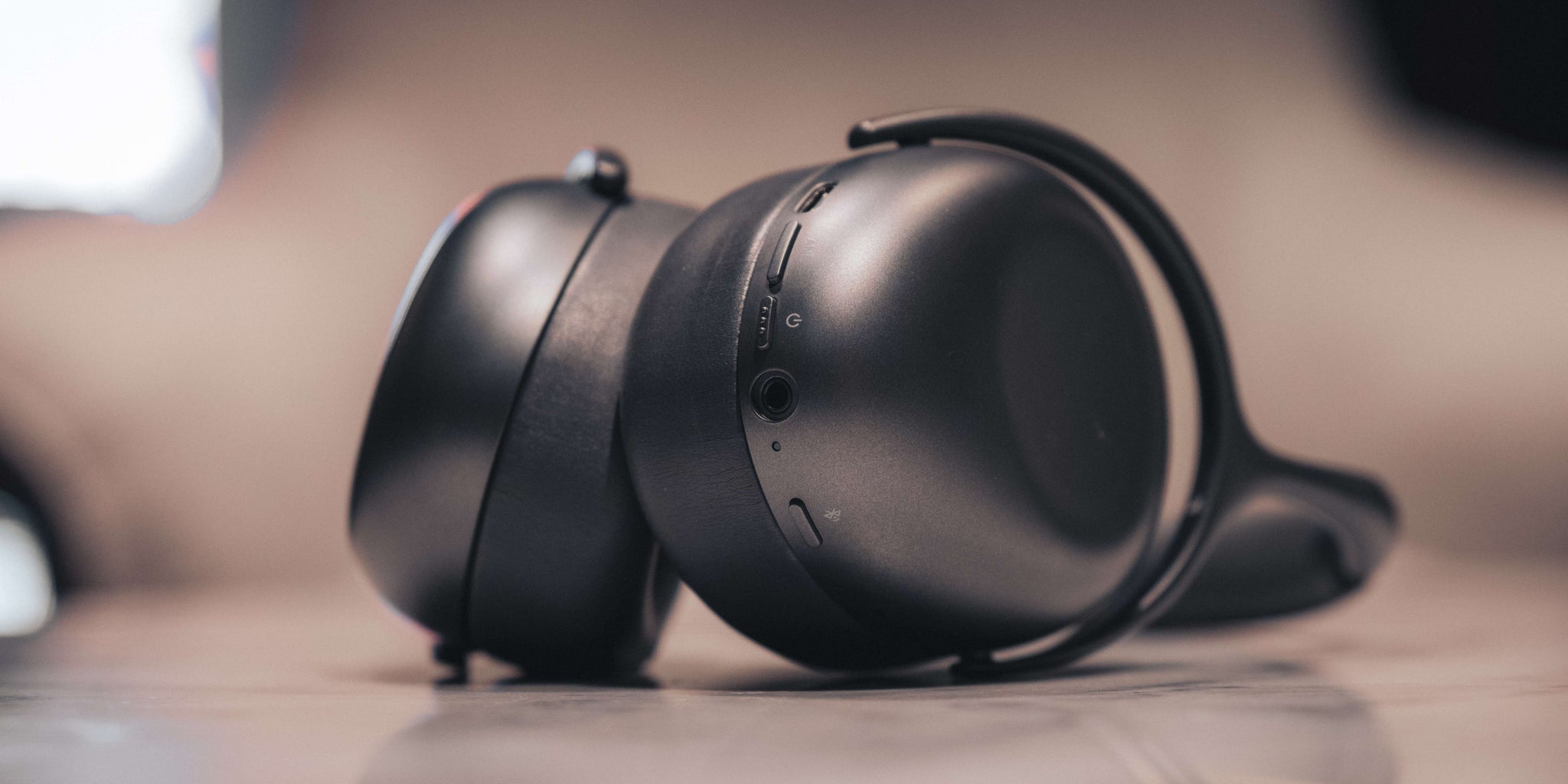
The tonality, sound signature, or frequency response of a headphone is how loud the headphone produces a sound of the same volume at different parts of the human hearing range. The human hearing range is split into 3 main parts (bass, mids, treble), and these can also split into sub-parts (sub bass, mid bass, lower mids, upper mids, treble, air). An instrument you hear will be present in one or more of the three main areas. For example, a bass guitar will be able to be heard in the bass and mids frequencies, and sometimes in the treble due to harmonics. Whereas, a cymbal on a drum kit may only be heard in the treble ranges.
A headphone’s tonality can be described with other words which relate to differences in the levels of bass, mids and treble. A flat, or neutral headphone sounds the same volume across the hearing range. A warm headphone has boosted bass, bright headphone has boosted treble, dark has reduced treble and a V-shaped headphone has boosted bass and treble.

If you want to get more technical, you can find the frequency response measurements of headphones online, which portray the measured loudness of the headphone from 20hz to 20khz with the same input volume. Make sure to only compare headphones’ frequency response graphs which are measured on the same equipment, and note the target curve which compensated graphs are using, as their target may be different to your own preferences if you are looking for target compliance. By looking at the frequency response, you can distinguish the general sound signature of the headphone and compare it with others using graph tools.
Technicalities 
Things start to get a little more complicated in the technicalities side of the sound. Technicalities includes all the aspects besides tonality related to sound in headphones. These include resolution (detail), dynamics (transients), imaging and soundstage, and timbre. Some of these terms overlap with each other, and they are often described differently. Thus, we won’t go into too much detail with these in this article. Generally, if you are looking to catch every hidden detail from your music, look for something with better resolution and dynamics. If you are looking for a more spacious and ‘3D’ sound, find something with great soundstage and imaging. If you want the best possible reproduction of natural instruments, look for a headphone with good timbre.
If you have any questions or want to arrange a demo, simply drop us an email, Facebook messenger or call us and we can have a chat.


